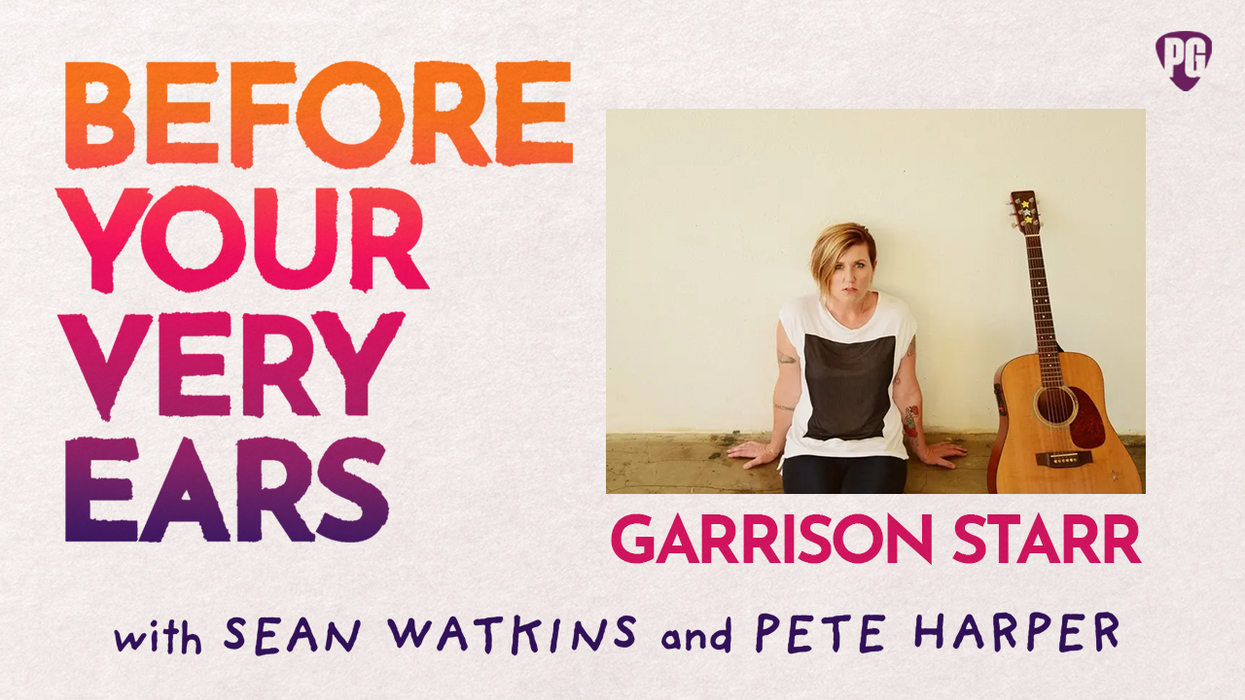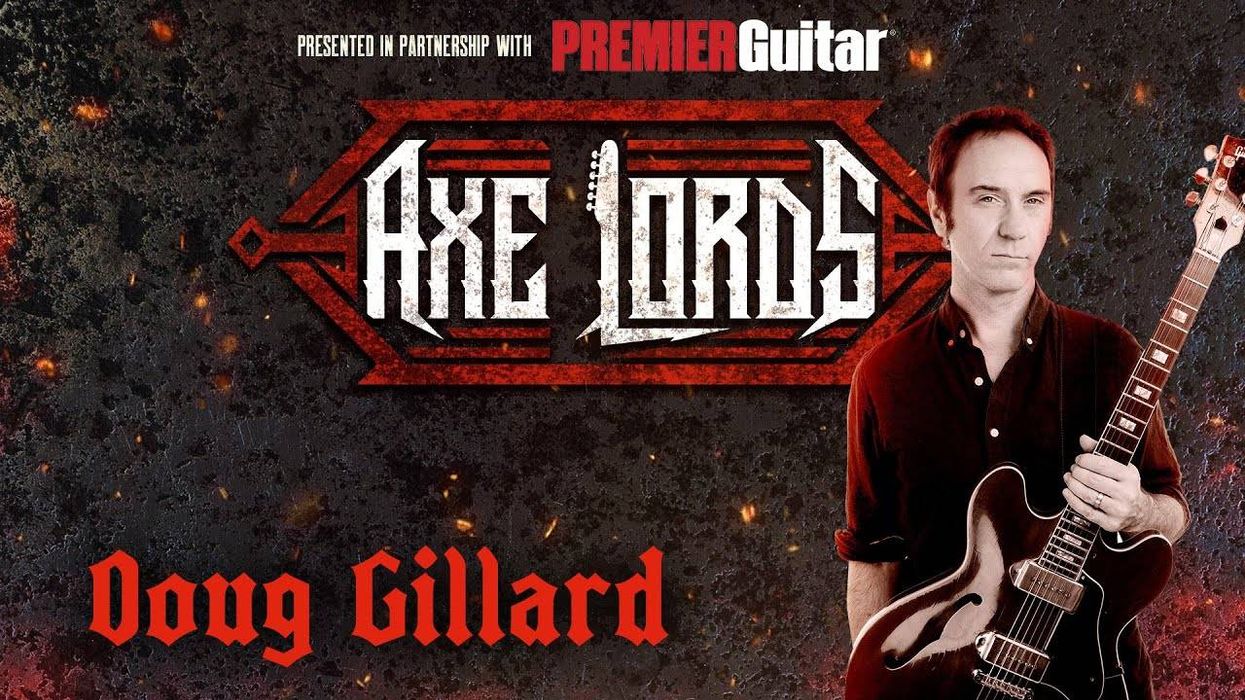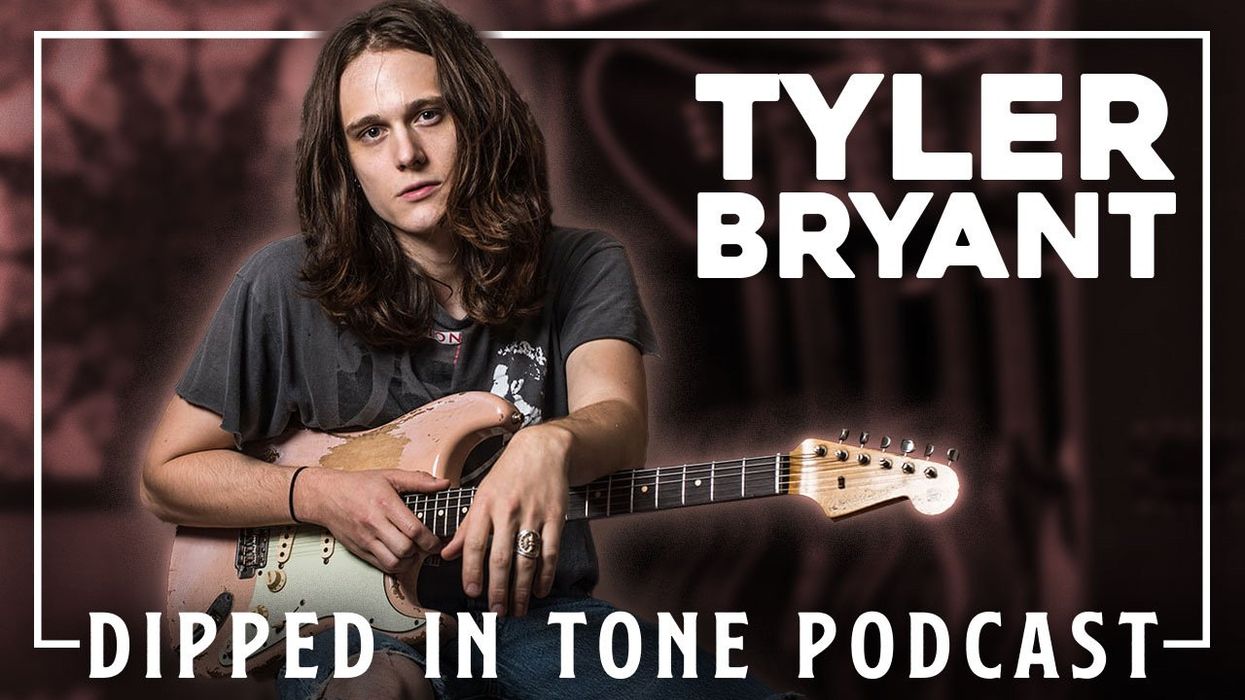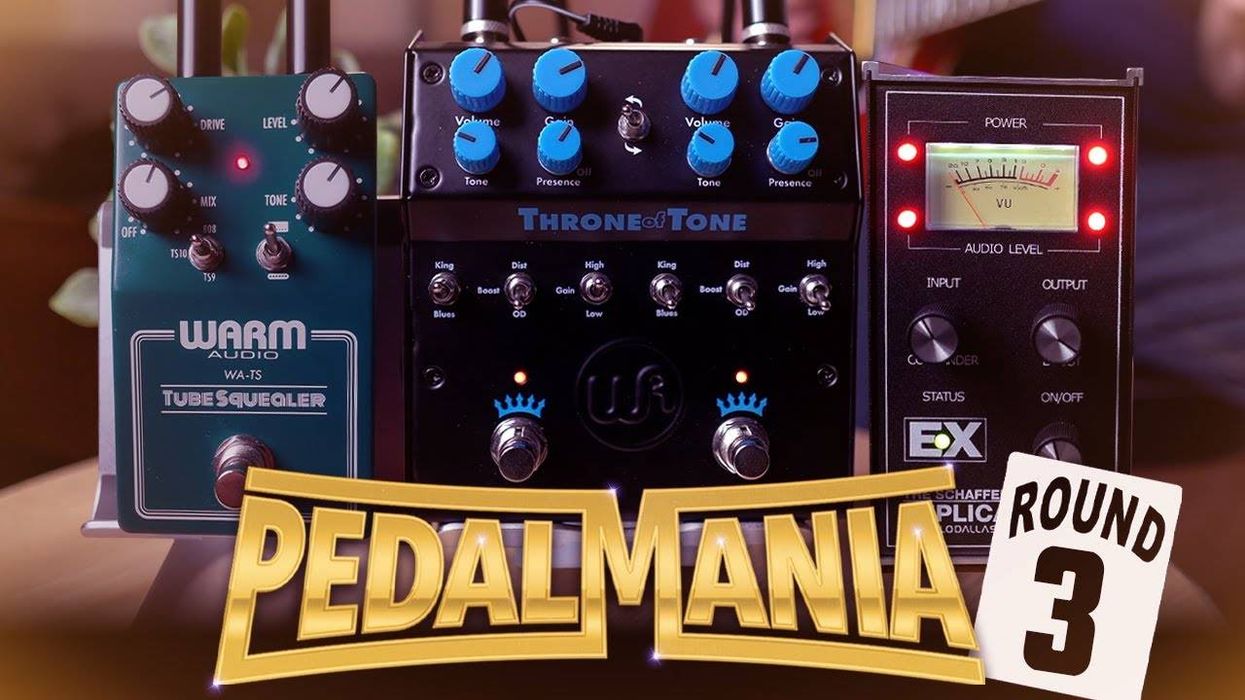The L.A.-based musician knows a thing or two about writing—and especially reclaiming—stories in song.
Mississippi-born, Los Angeles-based musician and songwriter Garrison Starr has been recording and releasing music since the early ’90s. The veteran rocker is an expert on creative expression—but also on navigating the “ballsack of an industry” that is the professional music world.
That includes the alienating experience of having to engage in a narrative—whether in song or in the press—that isn’t real or true for you, maybe even one that cheapens your personhood. “How many times have I done that to myself?” Starr wonders. These are the things the commercial music industry foists upon its would-be stars.
Along with Before Your Very Ears hosts Sean Watkins and Peter Harper, Starr hits on the key to writing great songs: Being honest creates more, and better, success. “The vulnerability is where the power is,” says Starr. Fueled by the experience of being outed in college, and then exiled from her evangelical community for being gay, Starr leads the trio on a songwriting expedition to examine the damage of having our stories ripped from us—and the potential of reclamation through song.


















